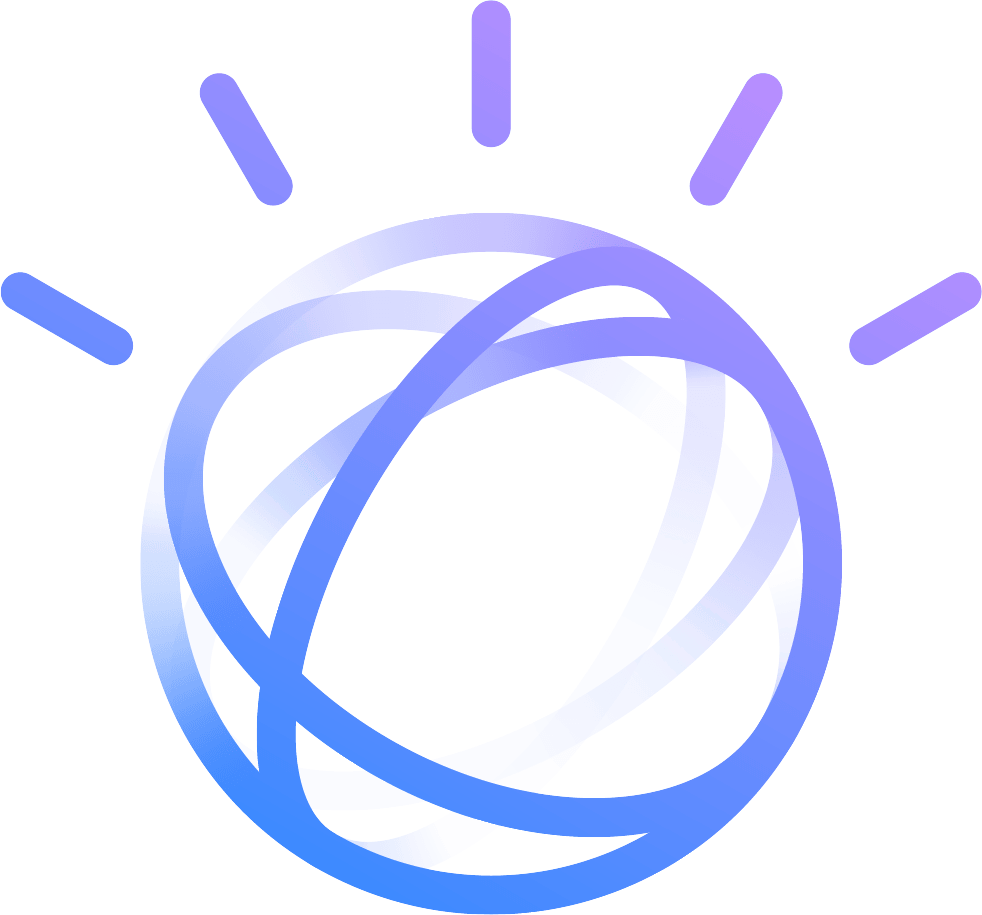Last week, we introduced an article from Patient Safety & Quality Healthcare that explains why the adoption of value-based healthcare has been accelerated by the pandemic, and why existing technology solutions aren’t meeting the needs of value-based providers. In the article, David Snow the chairman and CEO of Cedar Gate Technologies summarizes the technology and information gap we’re referring to saying, “Value-based care is an area full of innovation. The organizations that can create a high-value stack of analytics, with a meaningful high-touch consumer experience and end-to-end technology experience that drives great outcomes at a reasonable cost, will be the game-changers.”
In this post, we will unpack our interpretation of what David Snow means by creating a “high-value stack of analytics” and where the gaps lie in the existing toolset. Our focus will be on two areas of analytic data near and dear to value-based care: remote patient monitoring and patient population management.
For value-based care providers, remote patient monitoring is essential for proactively treating and monitoring patients with chronic conditions, early intervention, and preventative care. With the current technology (or lack thereof), value-based care providers have the options to:
-
Ask their patients to write down their metrics on a piece of paper and bring it to their next appointment.
-
Ask their patients to buy a device where they can send a data dump or CSV export from their device through the patient portal to their portal. (My own physician asked me to do this at my last appointment).
-
Purchase another separate, disparate RPM or Care Management tool.
None are even close to ideal. We have heard repeatedly from value-based providers that they need a solution that is not only a part of their existing toolset, but that synthesizes various, disparate data into contextual and actionable dashboards that can actually be used in a clinical setting. When done right, this data can provide care teams with a comprehensive view of their patients - including the data from their daily lives and reveals deeper insights necessary to help their patients achieve sustainable, long-term health outcomes.
A complement to the additional remote monitoring data are patient population health management analytics that increase effectiveness and aid in prioritizing patients within a population that need additional attention. Value-based care providers are incentivized to keep their patient population healthy, but the tools don’t support them in effectively measuring the health trajectory of their patient population in real-time, let alone in a way that can be shared with employers and payers that are demanding this information. Without a comprehensive tech platform, we often see the following:
-
Utilization becomes a proxy, and a really bad proxy at that, for patient health engagement.
-
Providers outreach to patients is not connected in any meaningful way to the patient’s health. It is random or historical at best.
-
Providers deliver care to those they think most need it, typically higher acuity patients, while patients with rising risk continue on their path.
-
Providers have to choose between maintaining strong personalized patient-provider relationships and scaling their practice while improving their bottom line.
-
Providers spend 80% of their time focusing on the patients that are already dealing with chronicity, while missing opportunities to focus on early intervention and preventative care for other patients that have the opportunity to reverse their trajectory.
-
Providers struggle to prove to employers that their care is actually keeping their employees healthier and leading to fewer costs and episodes of care.
The reality is that high-quality patient population management analytics coupled with remote patient monitoring, and true patient engagement can address all of these positively. With XIAhealth® you have access to real-time RPM, Compliance, and Engagement data directly within your EMR. XIAhealth® uses smart algorithms to prioritize patients that need outreach, dynamically measures a patient’s engagement in their own health and progress toward achieving positive outcomes with C3LX’s proprietary “Health Engagement Index Score®”, and provides a means to effectively report positive outcomes over time. Sign up for a live demo to learn more!
Next week, we will dive into technology gap #2: Meaningful, high-touch patient experience. Follow C3LX on LinkedIn or sign up for our email list to get notified of new posts!
Read the full article that has inspired this series, “Value-Based Healthcare: How It Expanded During COVID-19”, here: Value-Based Healthcare: How It Expanded During COVID-19 - Patient Safety & Quality Healthcare
Read another article relaying the struggles with data analytics in value-based care: “Population Health and Data Analytics Strategies for Value-Based Care:” Population Health and Data Analytics Strategies for Value-Based Care

